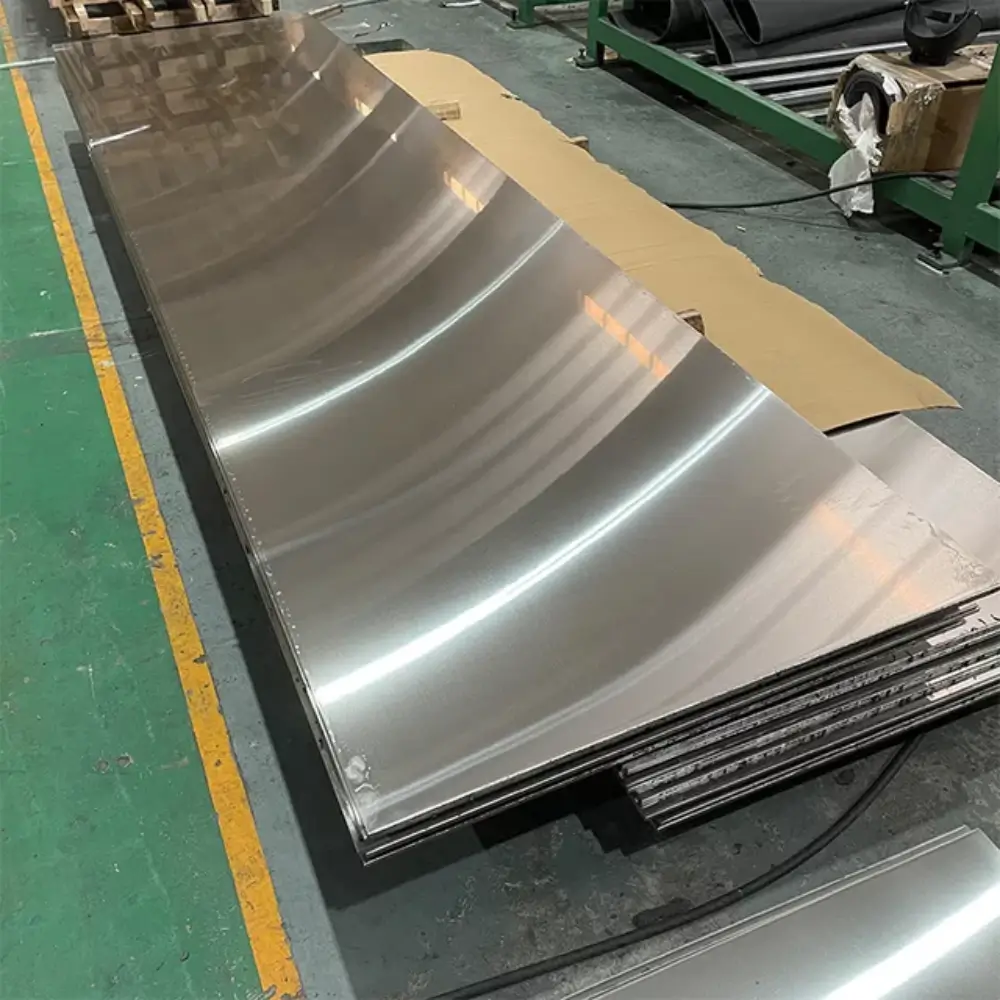Product description
Stainless steel plate is a common building material. But before purchasing stainless steel plates, the first thing to understand is the characteristics of
Part 1 What is stainless steel plate?
1. Stainless steel plate refers to a steel plate that is resistant to weak medium corrosion such as steam and water, while acid resistant steel plate refers to a steel plate that is resistant to chemical etching medium corrosion such as acid, alkali, salt, etc.
2. Stainless steel plates have a smooth surface, high plasticity, toughness, and mechanical strength, and have strong corrosion resistance to acids, alkaline gases, solutions, and other media. It is alloy steel that is not easy to rust.
3. Stainless steel plate is usually a combination of stainless steel plate and acid resistant steel plate. During the development process, several categories of stainless steel plates with various properties were gradually formed. There are four types of austenitic stainless steel plate, Martensitic stainless steel plate (including precipitation hardening stainless steel plate), ferritic stainless steel plate, and austenitic ferrite duplex stainless steel plate.
Part 2 What are the characteristics of stainless steel plates?
1. Stainless steel plates have corrosion resistance, which is the same as Ni-Cr alloy 304, which is resistant to general corrosion. Long term heating within the temperature range of chromium carbide grade affects the performance of alloys 321 and 347 in harsh corrosive media. Intended for high-temperature applications. In high-temperature applications, in order to prevent grain boundary corrosion at low temperatures, strong sensitization resistance of the material is required.
2. Stainless steel plates have high-temperature oxidation resistance, and all stainless steel plates have oxidation resistance. However, the oxidation rate is influenced by inherent factors such as exposure environment and product morphology.
3. Stainless steel plate has a smooth surface, high plasticity, toughness, and mechanical strength, and has strong strength against acid, alkaline gases, solutions, and other media. Although it is an alloy steel that is not easy to rust, it will definitely not rust.
Part 3 Characteristics of stainless steel
Stainless steel plate is an alloy steel that is not prone to rusting. Stainless steel plates have many characteristics such as corrosion resistance, oxidation resistance, and surface smoothness. Stainless steel is also one of the strongest metal materials used in construction. Due to its excellent corrosion resistance, stainless steel can permanently maintain the integrity of engineering design for structural components. Chromium containing stainless steel also combines mechanical strength and high ductility, making it easy to process and manufacture components, meeting the needs of architects and structural designers.
430 stainless steel is a universal steel with good corrosion resistance, with better thermal conductivity than austenite, lower thermal expansion coefficient than austenite, heat resistance and fatigue resistance, and the addition of stabilizing element titanium. The mechanical properties of the weld seam are good. 430 stainless steel is used for building decoration, fuel burner components, household appliances, and home appliance components. 430F is a steel grade with easy cutting performance added to 430 steel, mainly used for automatic lathes, bolts, and nuts. 430LX adds Ti or Nb to 430 steel, reduces C content, improves processing and welding performance, and is mainly used for hot water tanks, hot water supply systems, sanitary appliances, durable household appliances, bicycle flywheels, etc.












